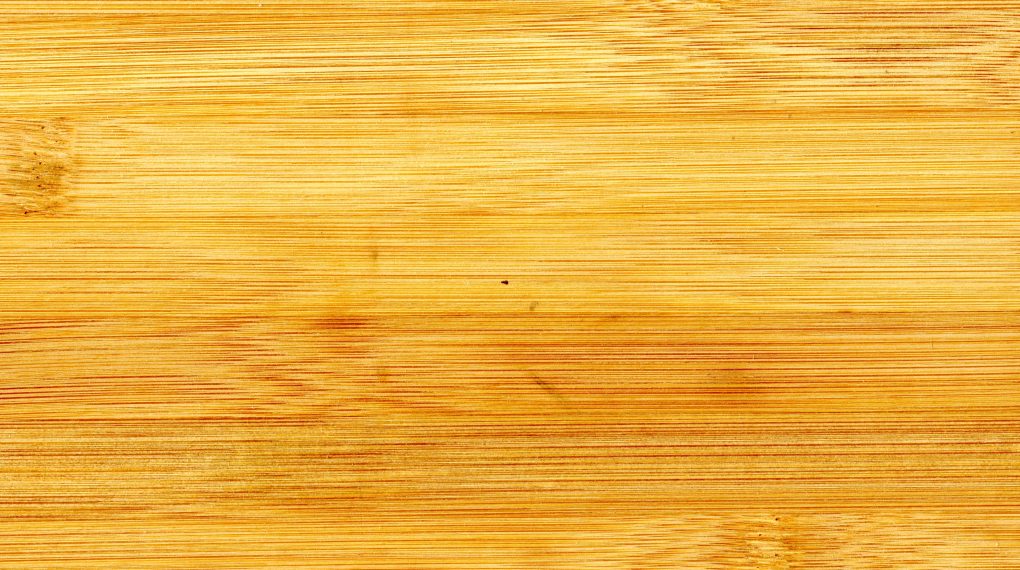Working on a wood project and find yourself without sandpaper? Knowing how to sand wood without sandpaper is a valuable skill that comes in handy in such situations. This guide offers a step-by-step approach to help you achieve a smooth finish, even when you don’t have conventional tools at hand.

From Pexels.com by Pixabay
How to Sand Wood Without Sandpaper: Understanding the Basics
You don’t always need sandpaper to sand wood. With a little creativity and the right techniques, you can achieve similar results using common household items.
Method 1: Using a Scraping Tool
Choosing the Right Tool
Find a metal scraping tool like a putty knife or an old chisel. Make sure it’s clean and free of rust.
Step-by-Step Instructions
- Hold the scraping tool at a slight angle against the wood surface.
- Apply moderate pressure and scrape along the grain of the wood, removing thin layers as you go.
- Continue this process until you’ve achieved the desired smoothness.
- Clean the surface with a soft cloth to remove any loose particles.
Method 2: Using a Wire Brush
Choosing the Right Brush
Select a wire brush with soft bristles to prevent damage to the wood.
Step-by-Step Instructions
- Hold the wire brush at a slight angle against the wood surface.
- Brush along the grain of the wood, applying gentle pressure.
- Repeat the process until the wood is smooth to the touch.
- Clean the surface with a soft cloth to remove any loose particles.
Method 3: Using Fine Steel Wool
Step-by-Step Instructions
- Take a piece of fine steel wool and gently rub it along the grain of the wood.
- Work in circular motions, applying even pressure.
- Continue until you’ve reached the desired smoothness.
- Clean the surface with a soft cloth to remove any loose particles.
For more articles on sanding, click here: Sanding: Your Full-Circle Guide to Smooth Mastery
Conclusion
Knowing how to sand wood without sandpaper is a practical skill that can save you time and hassle. With these methods, you can achieve a professional finish even if you’re missing conventional tools. Remember to work patiently and to test any method on a hidden spot first to ensure the best results.
